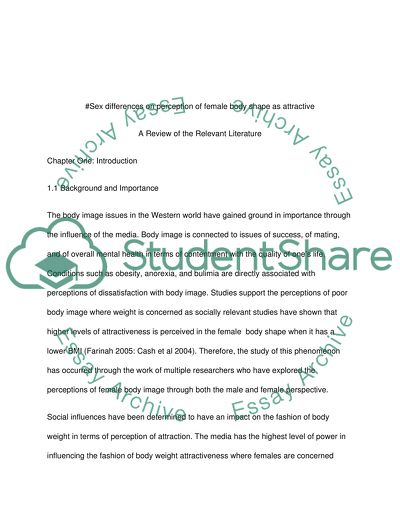Cite this document
(“Sex differences in perception of female body shapes (FINAL YEAR Literature review”, n.d.)
Retrieved from https://studentshare.org/gender-sexual-studies/1408816-sex-differences-in-perception-of-female-body
Retrieved from https://studentshare.org/gender-sexual-studies/1408816-sex-differences-in-perception-of-female-body
(Sex Differences in Perception of Female Body Shapes (FINAL YEAR Literature Review)
https://studentshare.org/gender-sexual-studies/1408816-sex-differences-in-perception-of-female-body.
https://studentshare.org/gender-sexual-studies/1408816-sex-differences-in-perception-of-female-body.
“Sex Differences in Perception of Female Body Shapes (FINAL YEAR Literature Review”, n.d. https://studentshare.org/gender-sexual-studies/1408816-sex-differences-in-perception-of-female-body.


